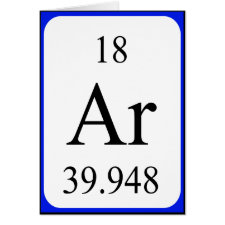
Authors: Li TH, Li XF, Liu H, Deng ZW, Zhang YS, Zhang ZM, He Y, Yang YJ, Zhong S
Article Title: Preparation and characterization of molecularly imprinted polymers based on β-cyclodextrin-stabilized Pickering emulsion polymerization for selective recognition of erythromycin from river water and milk.
Publication date: 2020
Journal: Journal of Separation Science
Volume: 43
Issue: (18)
Page numbers: 3683-3690.
DOI: 10.1002/jssc.201901255
Abstract: Molecularly imprinted polymers were prepared via β-cyclodextrin-stabilized oil-in-water Pickering emulsion polymerization for selective recognition and adsorption of erythromycin. The synthesized molecularly imprinted polymers were spherical in shape, with diameters ranging from 20 to 40 μm. The molecularly imprinted polymers showed high adsorption capacity (87.08 mg/g) and adsorption isotherm data fitted well with Langmuir model. Adsorption kinetics study demonstrated that the molecularly imprinted polymers acted in a fast adsorption kinetic pattern and the adsorption features of molecularly imprinted polymers followed a pseudo-first-order model. Adsorption selectivity analysis revealed that molecularly imprinted polymers had a much better specificity for erythromycin than that for spiramycin or amoxicillin, and the relative selectivity coefficient values on the bases of spiramycin and amoxicillin were 3.97 and 3.86, respectively. The Molecularly imprinted polymers also showed a satisfactory reusability after four times of regeneration. In addition, molecularly imprinted polymers exhibited good adsorption capacities for erythromycin under complicated environment, that is, river water and milk. These results proved that the as-prepared molecularly imprinted polymers is a potent absorbent for selective recognition of erythromycin, and therefore it may be a promising candidate for practical applications, such as wastewater treatment and detection of erythromycin residues in food
Template and target information: erythromycin
Author keywords: cyclodextrins, Erythromycin, Molecularly imprinted polymers, Pickering emulsion polymerization



Join the Society for Molecular Imprinting

New items RSS feed
Sign-up for e-mail updates:
Choose between receiving an occasional newsletter or more frequent e-mail alerts.
Click here to go to the sign-up page.
Is your name elemental or peptidic? Enter your name and find out by clicking either of the buttons below!
Other products you may like:
 MIPdatabase
MIPdatabase









